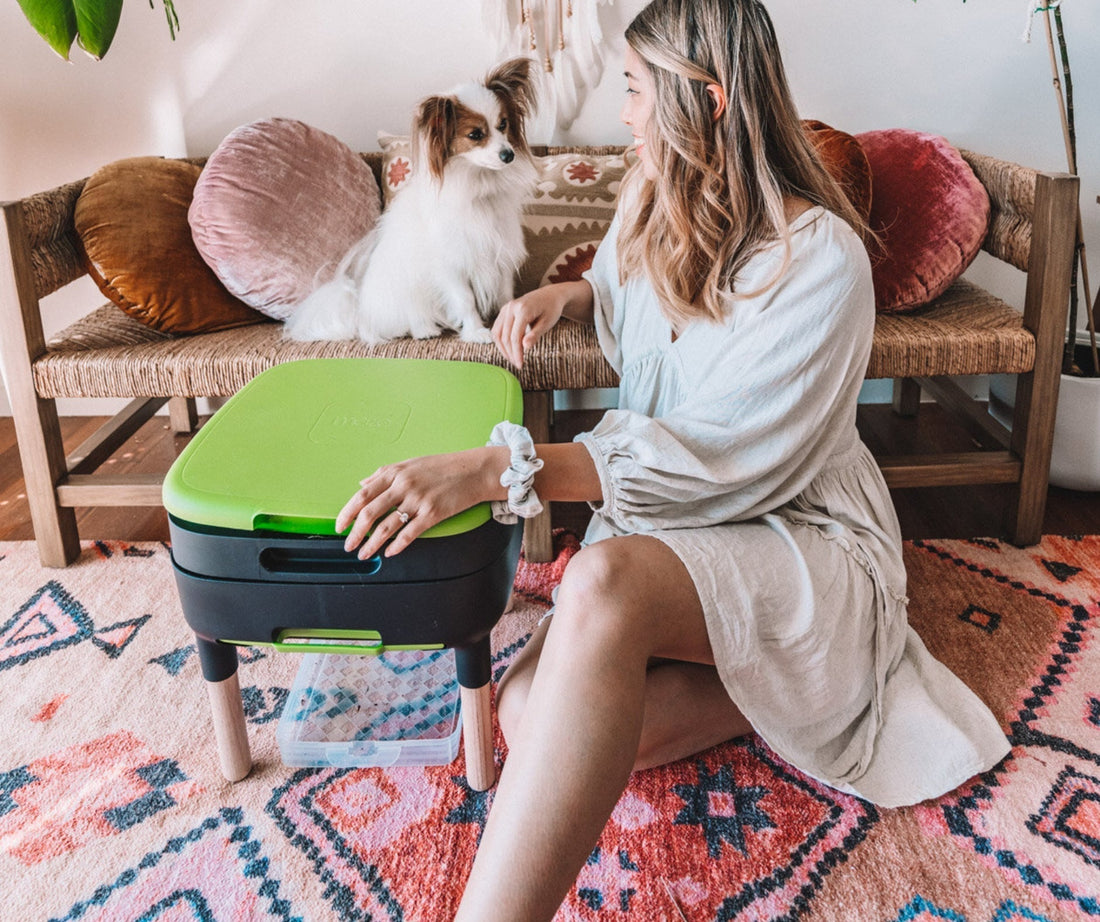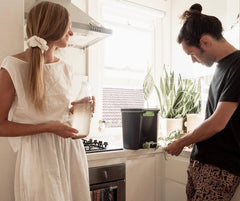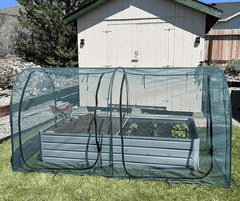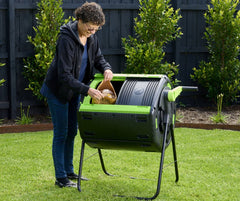
How to Use Worm Tea from Your Maze Worm Farm: The Ultimate Guide for Aussie Gardens
If you’re keen on organic gardening, there’s something quietly brewing in your Maze worm farm that’ll give your garden a noticeable boost, worm tea, or liquid compost.
This all-natural fertiliser is packed with nutrients and beneficial microbes for your plants. Whether you’ve just started out or you’re a seasoned green thumb, learning to use worm tea is a must for every Aussie garden.
What is Worm Tea and Why is it So Good?
Worm tea is the nutrient-rich liquid produced by worms breaking down organic scraps in your worm farm. As food and bedding materials decompose, the resulting liquid seeps down and can be neatly collected from the reservoir at the bottom.
- Natural plant booster: Worm tea gives your plants access to essential nutrients and living microbes.
- Eco-friendly: It turns food scraps into garden gold, helping close the waste loop.
- Versatile: Safe for indoor and outdoor plants, veggies, flowers, and even lawns.
Collecting Worm Tea from Your Maze Worm Farm
Making worm tea is easy, but collecting it correctly sets you up for the best results.
Step-by-Step Guide
1. Set up your Maze worm farm properly
Make sure your Maze worm farm is on stable ground and the tap is fitted snugly at the base.
2. Keep food scraps and bedding just moist
A properly balanced worm farm (not too wet, not too dry) encourages healthy worms and a good flow of liquid.
3. Open the tap regularly
Check the reservoir every few days. Place a bucket or jug underneath and gently open the tap at the bottom. The liquid should pour out freely.
4. Store or use immediately
Worm tea can be used fresh, but if you want to store it, keep it in a sealed, opaque, airtight container for no more than a week, out of direct sunlight. Fresh is always best!

How and When to Apply Worm Tea
Regular use brings out the best in your plants. Here’s how:
Diluting Worm Tea
- For most applications, dilute worm tea with water at a ratio of 1:10 (one part worm tea to ten parts water).
- Use a watering can or spray bottle for application.
Best Times to Use
- Apply every 2–4 weeks during the growing season (spring to autumn).
- Water directly onto soil around your plants or spray leaves for a foliar feed.
- Early morning or late afternoon is ideal, avoiding hot midday sun.
Maze Worm Farm Products: Designed for Easy, Sustainable Gardening
Maze’s range of Australian-designed worm farms makes collecting and using worm tea a breeze.
Popular Options:
- Maze Worm Farm with Wood Legs and Worms: Durable, stackable design, easy drainage, and Aussie-made quality.
- Maze Worm Farm (Three Trays, Legs and Worms): Perfect for households producing more organic waste.
- Worm Farming Accessories: From bedding kits to worm blankets, keeping your worm farm productive is easy.
Can I Use Worm Tea on All Plants?
Absolutely! Worm tea is gentle enough for delicate ornamentals, robust enough for veggie beds, and even safe for native plants and lawns.
- Vegetables: Boosts growth and yield.
- Flowers: Encourages vibrant blooms.
- Lawns: Promotes deep green, healthy grass.
- Indoor plants: Keeps houseplants thriving.

Worm Tea Troubleshooting & FAQ
How do I know if my worm tea is healthy?
Worm tea should smell earthy, not rotten. The colour will vary from light brown to a rich amber.
How do I avoid overwatering with worm tea?
Dilute thoroughly and adjust your normal watering to factor in the extra liquid.
Do I need to aerate worm tea?
Maze worm tea can be applied fresh-no aeration needed if used within a day or two.
Can I put worm tea directly on leaves?
Yes, just make sure it’s diluted and apply in cool weather for best leaf absorption.
What about worm castings?
Don’t forget to harvest worm castings from your worm farm too, they make a brilliant soil conditioner when mixed into your garden beds or pots.
Maze composting and worm farming solutions are designed right here in Australia for local conditions.
Built tough for Aussie backyards, these products help you turn household waste into a truly sustainable, garden-friendly fertiliser.
Happy gardening! If you have any questions about Maze worm farms or composting at home, check out our blog or join our Facebook community group




